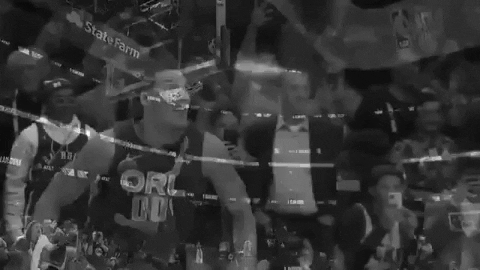Xatticus wrote:ezzzp wrote:Its important to understand the higher salaries as %'s within a rapidly growing cap; not as a dollar for dollar comparison to prior salaries.
A $10m salary in 2015-16 $70m cap is a 14% of cap player; but a $10m salary in next years $92m cap is an 11% of cap player...the cap will jump again next summer and will remain at those levels moving forward. While players will earn higher amounts, those amounts remain proportional to the salary cap (which functions proportionately to the NBA's total revenue).
Its kind of like when really old people that can't adapt to modern conditions think that paying more than .25 cents for a gallon of milk is a ripoff.
Right. And the cap figure is calculated based on league revenue. None of which has any bearing on the value of a max contract, as the figures are derived from service time and as a percentage of the salary cap. The contracts that will be handed out this summer are going to be dictated by the economic conditions (supply and demand) of this summer. That there is any conjecture regarding Harrison Barnes or Evan Fournier as potential max contract recipients is a testament to this. In the long-term, this won't make these contracts any more palatable.
Just two summers ago, Kyle Lowry only managed a three-year deal at 12 million per (less than two-thirds of what he'd have earned on a max deal over the same duration), because of the market conditions at that time. If that 28-year-old Lowry were entering this free agency market, he would have the opportunity to select from no less than a half-dozen max contract offers.
Ideally, it would have been beneficial to lock up the team's prized assets under the previous economic conditions. This is why I thought the timing of the Harris trade was dreadful, and this is why I am hopeful that the path forward is via trade. Free agency is going to be a minefield. In an average off-season, it is very difficult to get value for your money through free agency. This summer, it will be next to impossible unless you are fortunate enough to land a player whose on-court value exceeds the limitations of a maximum contract.
Technically maximum player salaries are based on a 42.14% of Basketball Related Income (BRI) - but the salary cap is close enough to use.
Speculation on emerging talent is a formidable market dynamic. Harrison Barnes and Evan Fournier, like many young players at that pivotal 3-4th season free agency stage are two of the emerging players with the highest probability of untapped talent and low risk intangibles (such as injury history or personality issues). Thus the speculation of what they "could earn."
Nobody knows what these players will become, so there is absolutely nothing to quantify what will or won't be a palatable contract in the future. There is nothing that can predict that Fournier's production at $23m (if he gets that) won't be a better value than Harris' production at $17.2m next season. There are as many examples of serious underpays (Curry, Carroll, etc) as there are of serious overpays (Asik, Matthews, etc).





























